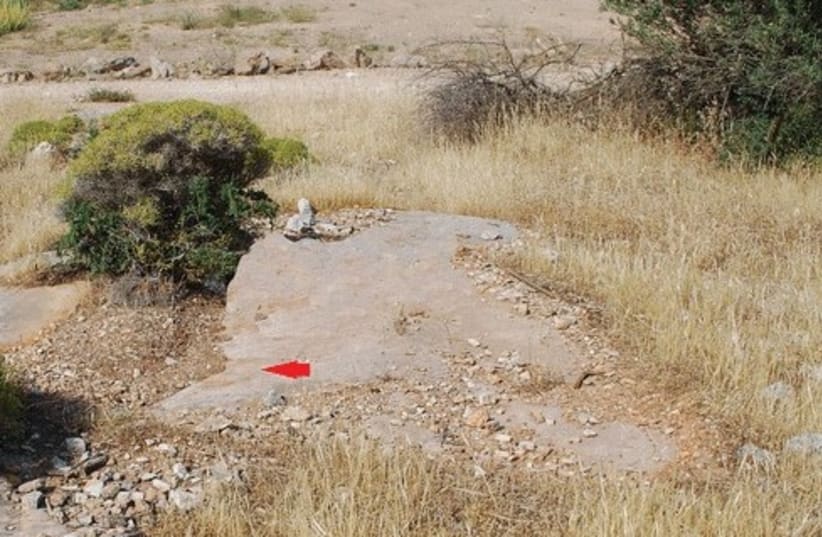Ancient graffiti from the 6th century BC acted like a pirate map, leading archaeologists on a treasure hunt to the eventual rediscovery of the lost temple of the Acropolis of Athens.
The rediscovery efforts, chronicled in the peer-reviewed journal The University of Chicago Press, were kicked off by the discovery of 2000 engravings left by shepherds and goatherds in the 6th century.
Among the engravings of lude scenes, horses and ships, researchers found an engraving of an extravagant building which was labelled “To Hekatompedon... Mikonos.”
Hekatompedon is a Greek word translating to “!00 feet.” It is thought to reference the large size of the temple.
Researchers identified the Hekatompedon as a temple based on the columns and structure of the building.
How does one lose a temple?
While it may seem surprising that such a large religious site could be lost, there are numerous historical events which left countless buildings and structures destroyed and buried.
In 480 BC, the army of Xerxes destroyed all the buildings on the Acropolis in Athens during the Greco-Persian wars.
A decree also referenced the lost temple, describing the Hekatompedon as a “treasure storage.” It is widely believed, although contested, that the building had been used as a treasury for the ancient dieties in Greek mythology.

